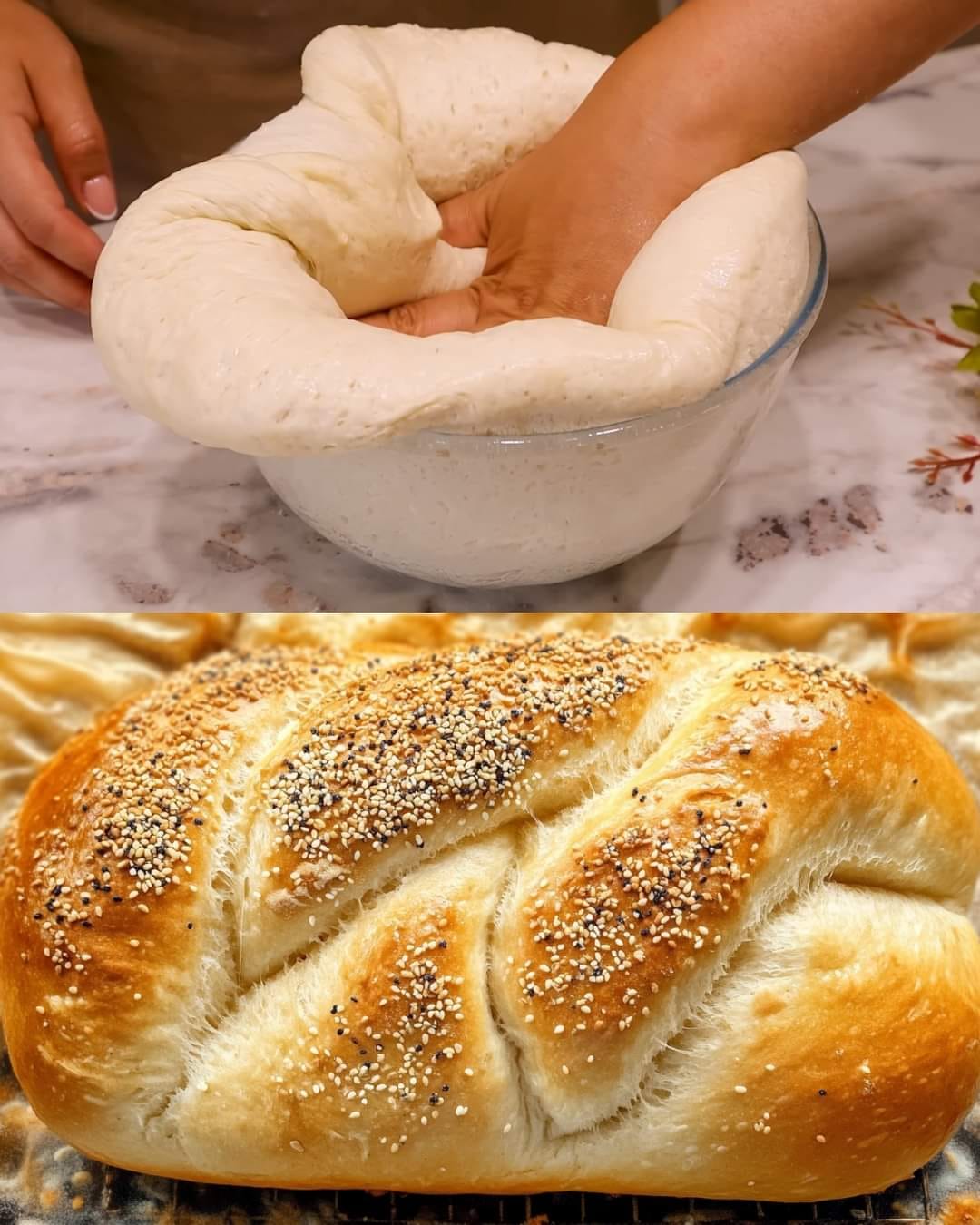ADVERTISEMENT
### Instructions
#### Step 1: Activate the Yeast
1. **Mix Warm Water and Sugar**: In a small bowl, combine the warm water and sugar. Stir until the sugar dissolves.
2. **Add the Yeast**: Sprinkle the active dry yeast over the water and sugar mixture. Let it sit for 5-10 minutes until it becomes frothy and bubbly. This indicates that the yeast is active and ready to work its magic.
#### Step 2: Make the Dough
1. **Combine Dry Ingredients**: In a large mixing bowl, whisk together the flour and salt. Make a small well in the center.
2. **Add Wet Ingredients**: Once the yeast is frothy, pour it into the flour mixture, followed by the olive oil. Use a wooden spoon or your hands to mix the ingredients together until a rough dough forms.
3. **Knead the Dough**: Turn the dough onto a lightly floured surface and knead it for about 8-10 minutes. If the dough is sticky, add a little more flour, but be careful not to add too much. The dough should be soft, smooth, and slightly tacky to the touch.
#### Step 3: Let the Dough Rise
1. **First Rise**: Place the kneaded dough into a lightly oiled bowl. Cover it with a clean kitchen towel or plastic wrap. Allow the dough to rise in a warm, draft-free spot for about 1 to 1 ½ hours, or until it doubles in size. You can also place it in an oven that is turned off but with the light on to provide warmth.
#### Step 4: Shape the Dough
1. **Punch Down the Dough**: After the dough has risen, punch it down to release the air bubbles. This will help create a light, fluffy texture.
2. **Shape the Loaf**: Transfer the dough to a lightly floured surface and shape it into a loaf. You can either shape it into a traditional round boule or a long oblong loaf to fit a standard bread pan.
3. **Prepare the Baking Pan**: Grease a 9×5-inch loaf pan with butter or oil. Place the shaped dough into the pan, and cover it again with a kitchen towel. Allow it to rise for another 30-45 minutes, or until it has doubled in size again.
#### Step 5: Bake the Bread
1. **Preheat the Oven**: While the dough is rising for the second time, preheat your oven to 375°F (190°C).
2. **Bake the Bread**: Once the dough has risen, place the pan in the oven and bake for 25-30 minutes, or until the bread is golden brown on top and sounds hollow when tapped on the bottom.
3. **Cool the Bread**: After baking, remove the bread from the oven and let it cool in the pan for about 5 minutes. Then transfer it to a wire rack to cool completely. This will prevent the bottom from getting soggy and allow the bread to cool evenly.
### Tips for the Perfect Homemade Bread
– **Water Temperature**: Make sure the water you use to activate the yeast is warm, but not too hot. Water that’s too hot can kill the yeast, while water that’s too cool won’t activate it properly. The ideal temperature is around 110°F (43°C).
– **Kneading**: Kneading is crucial for developing the gluten, which gives the bread its structure. If the dough feels too sticky, don’t be afraid to add a little more flour, but keep in mind that adding too much flour can make the bread dense.
– **Allow Enough Rising Time**: Don’t rush the rising process. The dough needs enough time to rise properly to ensure a light and airy loaf. If you don’t have a warm spot, you can place the bowl in your oven with just the light on to create a warm environment.
– **Storage**: Once the bread is completely cool, store it in an airtight container or bread bag to keep it fresh. It will stay good for 3-4 days at room temperature, or you can freeze it for longer storage.
### Why You’ll Love Homemade Bread
There’s nothing quite like the satisfaction of baking your own bread. The warm, soft texture and irresistible smell fill your home, making it the perfect addition to any meal. Homemade bread can be customized in countless ways. You can add herbs, seeds, or even cheese to the dough for extra flavor. Plus, making bread at home is a wonderful way to save money compared to buying store-bought loaves that may contain artificial additives and preservatives.
### Creative Variations
– **Herbed Bread**: Add 1-2 tablespoons of dried herbs (such as rosemary or thyme) to the dough for a fragrant twist.
– **Whole Wheat Bread**: Swap out half or all of the all-purpose flour for whole wheat flour to make a heartier, more nutritious loaf.
– **Garlic Bread**: Fold in minced garlic and shredded cheese to the dough for a savory, garlic-infused bread.
### Conclusion
Making homemade bread from scratch doesn’t have to be complicated. With just a few simple ingredients and some patience, you can create a soft, fragrant loaf that’s perfect for sandwiches, toast, or enjoying with a cup of soup. Once you experience the joy of baking your own bread, you’ll never look at store-bought loaves the same way again. Enjoy the process and savor every delicious slice!
ADVERTISEMENT
